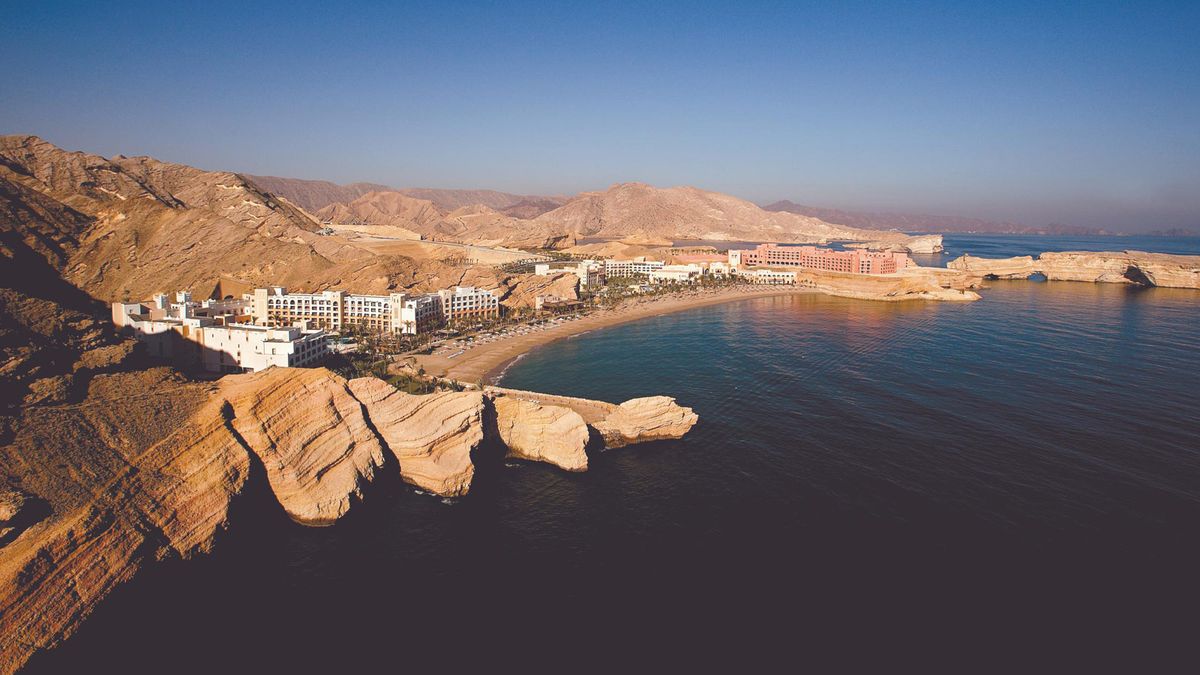The first thing that strikes me about Muscat is how starkly different it is from its other Emirati neighbours such as Dubai and Abu Dhabi. As I pass latticed buildings and mosques on the super smooth highway I am told that the magnificent forts and stunning deserts are not too far from the city. Miles and miles of pristine beaches and not a skyscraper in sight. Muscat is a charming coastal city sandwiched between the rugged Al Hajar mountains on one side and the glimmering Gulf of Oman on the other. The tag of one of the safest destinations in the world is music to solo travellers like me.
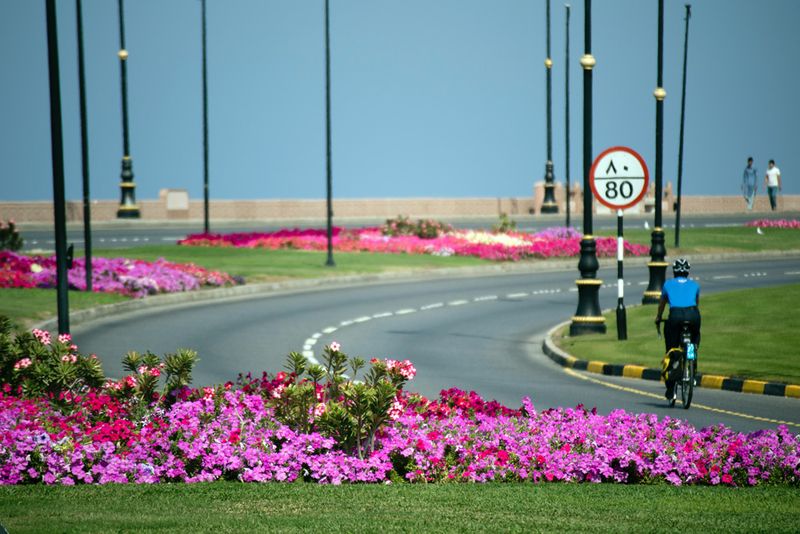
After a restful day at the luxurious Shangri-La in the Barr Al Jissah area of Muscat, I set out to explore the capital along with my guide Khalid Al Amri. “What sets Muscat truly apart is the warmth and genuine hospitality of the people,” says Khalid who’s also Oman’s first frankincense sommelier. Frankincense is an aromatic resin once considered more valuable than gold.
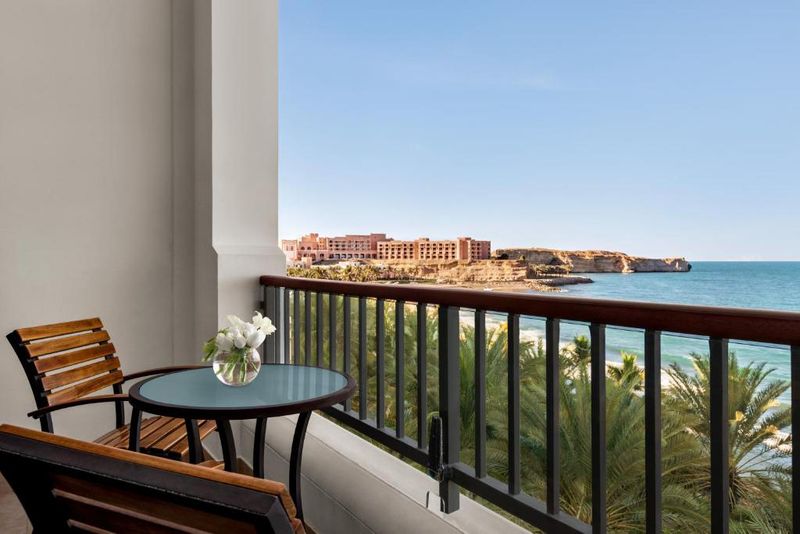
The grandeur and peace of Sultan Qaboos Grand Mosque
All through my stay in Muscat I hear people raving and goading me to visit the Grand Mosque. And when I finally did, I could see why. Apart from its grandiose and credentials as the second largest mosque in the world (it can accommodate 20,000 worshipers at a time), it’s a glorious piece of modern Islamic architecture. Everything about the mosque right from the hand-loomed Persian carpet to the bejewelled lights, stained glass doors and the art in the spectacular prayer hall is breathtakingly beautiful. But the piece de resistance is the gigantic chandelier floating elegantly over your head!
Pro tip: Wait till the evening when the setting sun lights up the gold dome of the mosque and creates an ethereal glow that is simply unmissable. Non-Muslims are allowed inside the mosque (except Fridays). Dress modestly and don’t forget to carry a scarf to cover your hair. Alternatively an abaya (full length dress) and a scarf can be hired from the mosque’s café.
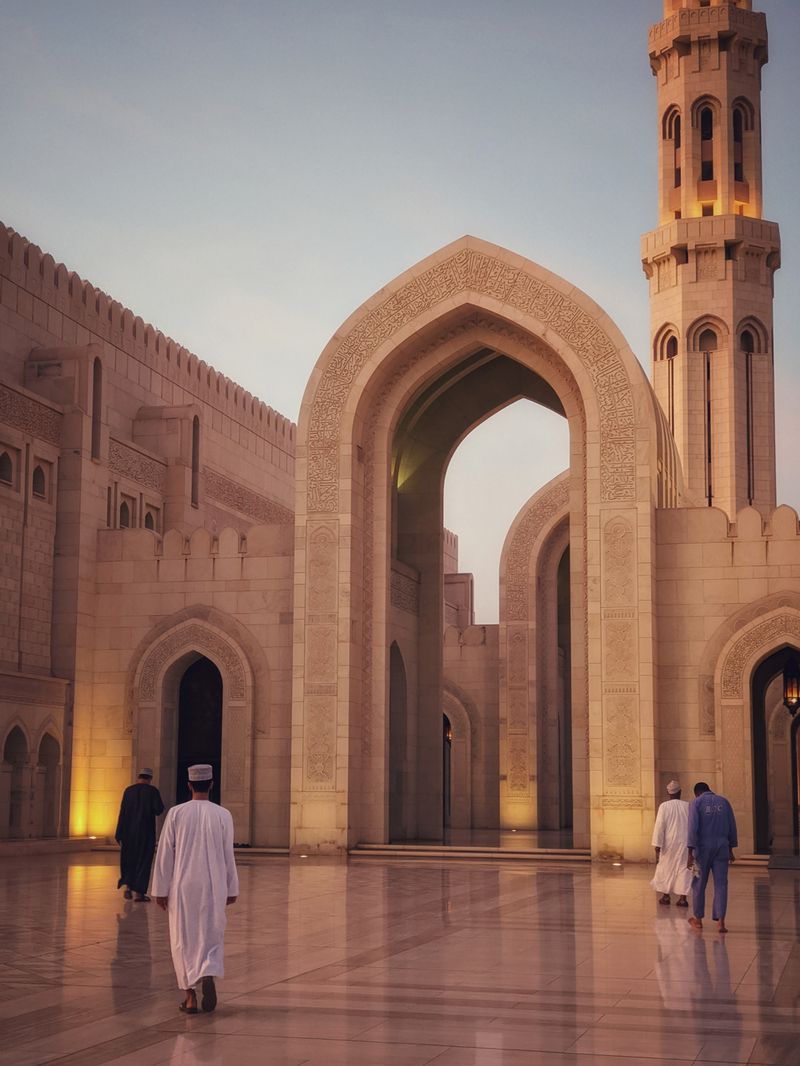
Bait Al Zubair Museum
After ambling along the Grand Mosque we head to Bait Al Zubair Museum set in a beautifully restored home. This is a fantastic place for an insight into Oman’s fascinating history and its people. There are six galleries with traditional male and female attires, antique jewellery, household articles, musical instruments, coins and a unique collection of manuscripts dating from the 16th century. I personally loved the fine display of traditional khanjar (ceremonial daggers) gilded with gold and the beautiful garden. There’s also a café here that serves traditional Omani delicacies such as shuwa (marinated lamb cooked in an underground oven) along with refreshing lemon mint – the most popular drink in Oman.
A sunset stroll down Mutrah corniche
Muscat really comes alive in the evenings, when the sun is gentler and the air is pierced with the gently rising fumes of frankincense - the Omani incense. A long walk by the water is a great way to admire the Gulf of Oman and to watch the world go by. This is where the boats unload their glistening catch of the day and where the Sultan parks his magnificent dhow (wooden boat). The beautiful promenade is lined with traditional cafes, street food stalls and pristine gardens. Before the discovery of oil, Mutrah was the centre of commerce in Muscat. Watching the sun set on the corniche is a memorable way to remember the city.
Pro tip: Take a taxi as the area is congested and parking is not easy to find.
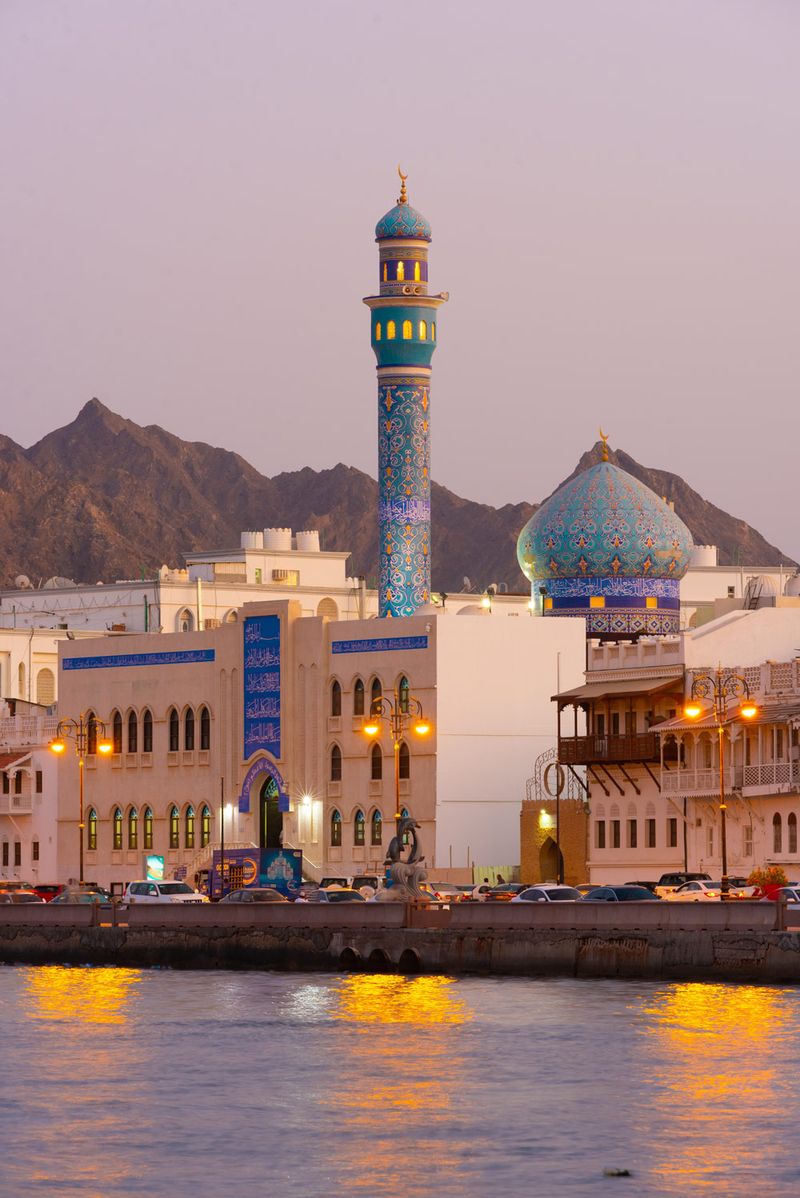

Shopping at Mutrah Souk
Just behind the corniche is the Mutrah souk the historic heart of Muscat. In the winding alleys is a bustling market with colourful shops selling everything from spices to garments, jewellery and traditional weapons. This is where the locals come to shop and hang out in one of the many traditional cafes and restaurants. Unlike the souks in Marrakech or Cairo Mutrah is peaceful and irreverently authentic. It’s a great place to stock up on fragrances (especially oudh and frankincense pearls) along with exotic lamps, artifacts, ceramics and llama wool pashminas. Bargaining is considered ok but the discounts are small.

After a jam-packed day of culture and exploring I hit the reset button with a soothing massage at Shangri-La’s Chi Spa. The unique massage uses frankincense oil mixed with essential herbs to soothe stressed muscles. All this is set to the peaceful sound track of waves rising and crashing in the sea.
A date with the dolphins
The next day I hop onto a speed boat and head out to in search of the dolphins. As the white motorboat pierced through the blue waters I keep my eyes peeled for the slightest spout protruding the water. After around 30 minutes the boat slows down and we spot our first pod of playful dolphins gliding through crystal clear waters. Suddenly we were surrounded by a dozen of them showing off their acrobatic skills with grace and beauty. The entire trip takes around two hours. And remember, even if the dolphins decide to be elusive (which is highly unlikely) the boat ride itself is thrilling and coastline stunning.
Note: This is a shared excursion with other passengers on board.

A date with Nizwa
After an eventful morning with the dolphins it’s time for Nizwa - a charming village at the foot of the Al Hajar Mountains. “It’s a great place to experience Omani culture and dig into its history,” says Khalid. The main attraction here is the 17th century Nizwa fort which took 12 years to build. It’s easy to lose track of time as you wander through the courtyards and the winding staircase of the fort. Interestingly, the several notches in the walls were used to pour hot date syrup on invaders who attempted to scale the tower! The fort is surrounded by a labyrinth of souks. The best time to visit Nizwa is on a Friday morning when this place really comes alive, informs Khalid. “That’s the weekly auction day for livestock. Goats and calves are led in a ring where buyers shout out prices until a sale is agreed upon. It’s all very captivating to watch.” As I walk through the lush green gardens, expansive palm groves and the artfully restored old buildings I am transported to the pages of the literary masterpiece 1001 Nights!
Pro tip: Make sure to visit the jewellery shops for some of the finest silver jewellery and stock up on traditional Omani rose water. Nizwa is an hour and a half drive from Muscat.

Back at the Shangri-La as I settle in with a drink at Sultanah restaurant under a star-spangled sky, I ponder on my days in the ancient port city. Muscat is beautifully trapped in time with perfect blend of the medieval and modernity. Just like my cocktail – a spritz with frankincense infused gin!
MUSCAT MUSINGS

How to reach: Muscat is a short 2.5 hours direct flight from major cities in India. Quick e-visas are available.
Best time to visit: October to March is when the weather is pleasant enough to be outdoors. Temperatures can reach up to 40-degree Celsius in the summers.
Where to stay: Muscat has a number of beautiful, luxury hotels dotting the coastline. Shangri-La Barr Al Jissah is a beachfront property with gorgeous rooms overlooking the Gulf of Oman and Hajar mountains and a direct access to the beach.
Dress code: Dress modestly in clothing that covers the shoulders and falls below the knees. Don’t forget your sunglasses and hat.
Other details: The currency in Oman is Omani Riyal (OMR). 1OMR equals INR 217. Only hotel bars and clubs serve alcohol in Oman. The weekend in Oman is Friday to Saturday.


